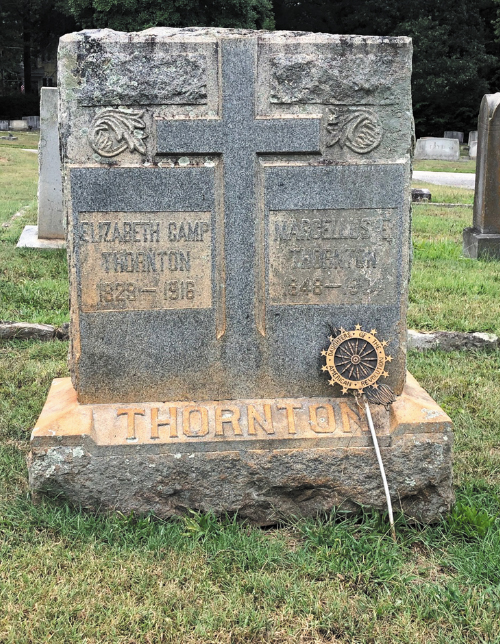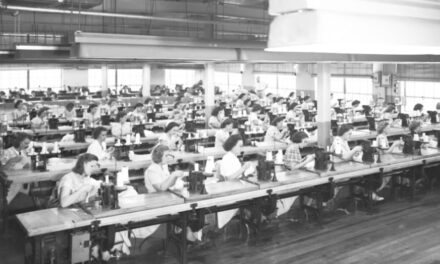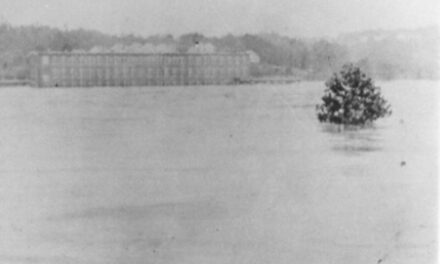
We know significantly less about Martha Washington than George. We have no idea who Alice Longworth was and last week I offered up everything I could uncover on one of Hickory’s most significant and “influential” women. Yet, we know scant little. Here at the close of another Women’s History Month, the problem is all too apparent.
Throughout history, the lives of women have remained hidden, which makes it hard to know who they were and even harder to understand and appreciate them. It skews our historical understanding of the contributions of half the population. Looking at what we don’t know about Elizabeth Thornton exemplifies the point. Though she is likely a big reason that Harper House has survived, she remains a ghost of the home. We are left to document her by the husbands she married, not in her own right.
Even her identity is clouded via the various names. She began life as Elizabeth Denison. Marriage changed her in the eyes of the world to Mrs. Jennings. When she outlived her husband and married again, she became Mrs. Rutherford, and finally Mrs. Thornton as the people of Hickory knew her when she arrived in town.
In the nineteenth century, when so many things were developing in American society, a very paternalistic system hid what women were doing to advance humankind. Largely in those days, the sexes lived in separate spheres. The husband controlled public life, earned the family’s wealth, faced the rough and tumble of world of politics and leadership while the wife handled domestic concerns, like home life, children and charities. The only place they met was at the dinner table at night and later the bedroom. They even relaxed in spaces foreign to the other. Upwardly mobile men were educated while women were not. In fact, Victorian thought suggested that the only reason for a woman to go to college was to find a husband, not to learn for its own sake.
Among the many problems with this system is that it left the contributions of women undocumented and therefore veiled. Certainly, most cared for their families which nurtured the next generation, perhaps the most important job of all. But since Elizabeth had no children, we are forced to conjecture just who she was and what she was like. The frustrating truth is, we don’t know.
When she arrived in Hickory, Elizabeth Thornton was the one who held the purse strings. She determined not only her own destiny, but also her husband’s. Elizabeth allowed Marcellus Thornton the ability to own the local newspaper, live in the extravagance of the fine, pebble-dash home that the Shuler’s had built and abandoned. It was her money that funded Hickory’s first electric company. All that power (pardon the pun) and still she remains a mystery.
In 1916, the only portion of her obituary that attempted to reveal who Elizabeth was said, “she was very wealthy and influential.” Everything else ties her to one of her previous three husbands. Other than noting that she was a member of the Episcopal Church and lived in Hickory for 24 years, her biography is blank. Today, the name of Elizabeth Camp Thornton can only be found on a tombstone in Oakwood Cemetery.
Throughout March, it is well intentioned to note what woman did this or that first. Those milestones are needed to get over the one-sided historical record of the past, but the lesson is clear. Only when we document who we all were, can we offer a clearer picture to the future of life in the present, one that, in the next century, our great grandchildren can build upon with less conjecture.
By the way, who was Alice Longworth? She was President Theodore Roosevelt’s first daughter, married to Nicholas Longworth, one time Speaker of the U.S. House of Representatives. In her own right and in her own time, they called her “the other Washington Monument.”
Photo: Elizabeth Camp Thornton remains a mystery in the town where she had her greatest influence.








